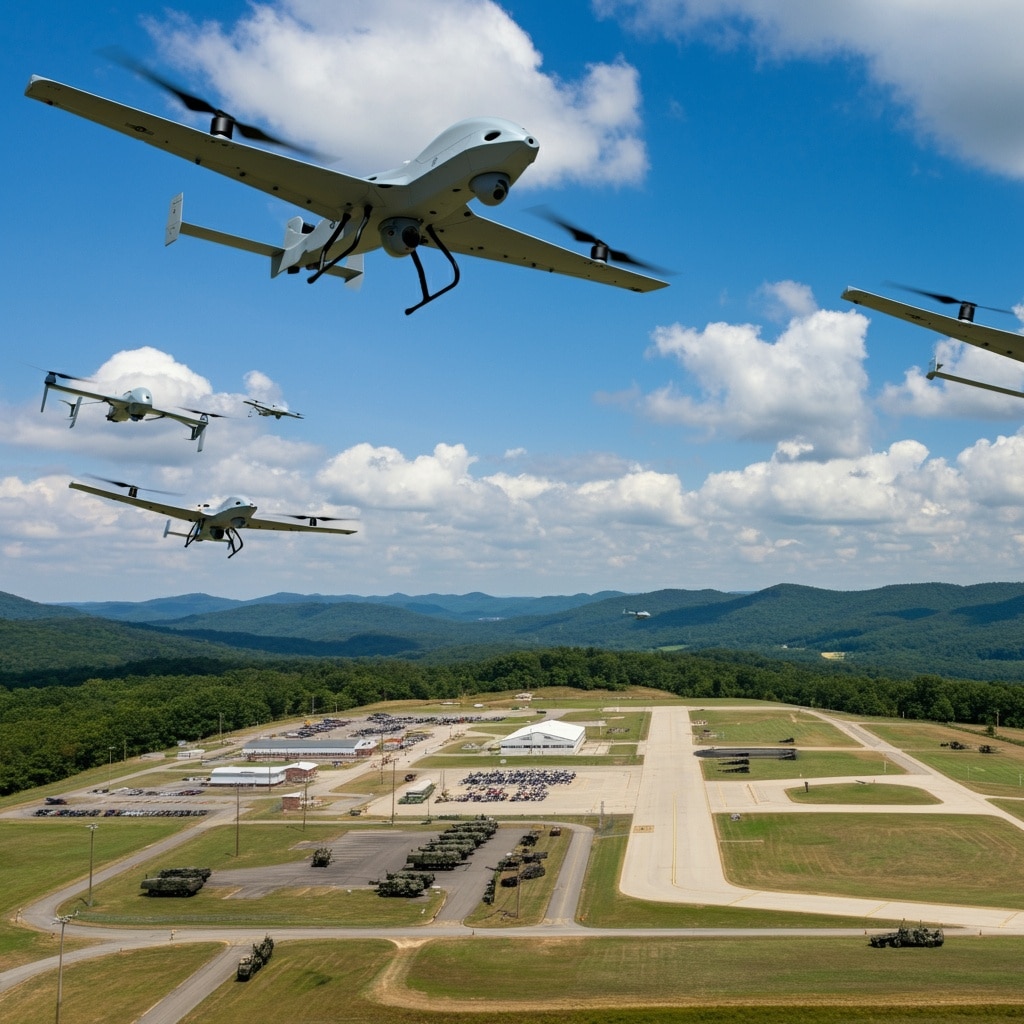U.S. Air Force Gen. Mark Kelly wasn’t sure what to make of reports that a suspicious fleet of unidentified aircraft had been flying over Langley Air Force Base on Virginia’s shoreline.
Kelly, a decorated senior commander at the base, got on a squadron rooftop to see for himself. He joined a handful of other officers responsible for a clutch of the nation’s most advanced jet fighters, including F-22 Raptors.
For several nights, military personnel had reported a mysterious breach of restricted airspace over a stretch of land that has one of the largest concentrations of national-security facilities in the U.S. The show usually starts 45 minutes to an hour after sunset, another senior leader told Kelly.
The first drone arrived shortly. Kelly, a career fighter pilot, estimated it was roughly 20 feet long and flying at more than 100 miles an hour, at an altitude of roughly 3,000 to 4,000 feet. Other drones followed, one by one, sounding in the distance like a parade of lawn mowers.
The drones headed south, across Chesapeake Bay, toward Norfolk, Va., and over an area that includes the home base for the Navy’s SEAL Team Six and Naval Station Norfolk, the world’s largest naval port.
Officials didn’t know if the drone fleet, which numbered as many as a dozen or more over the following nights, belonged to clever hobbyists or hostile forces. Some suspected that Russia or China deployed them to test the response of American forces.
Federal law prohibits the military from shooting down drones near military bases in the U.S. unless they pose an imminent threat. Aerial snooping doesn’t qualify, though some lawmakers hope to give the military greater leeway.
Reports of the drones reached President Biden and set off two weeks of White House meetings after they first appeared in December last year.
Officials from agencies including the Defense Department, Federal Bureau of Investigation and the Pentagon’s UFO office joined outside experts to throw out possible explanations as well as ideas about how to respond.










